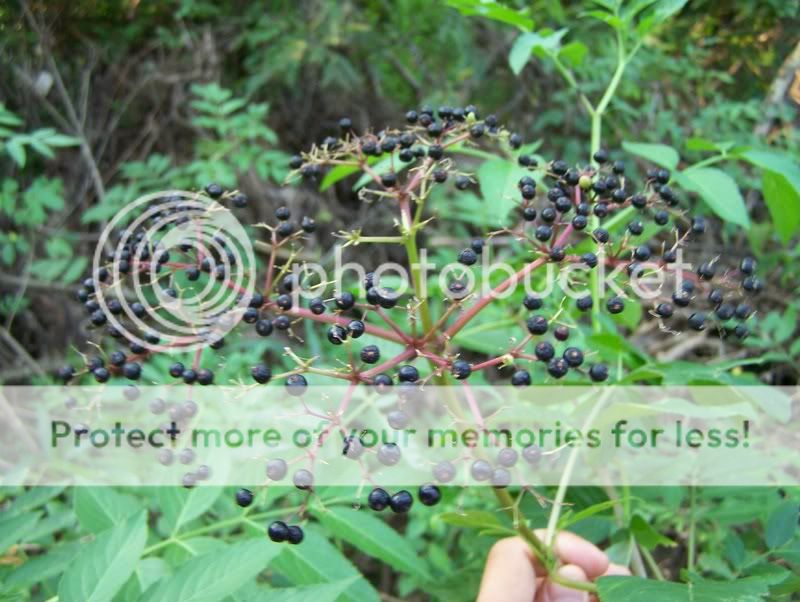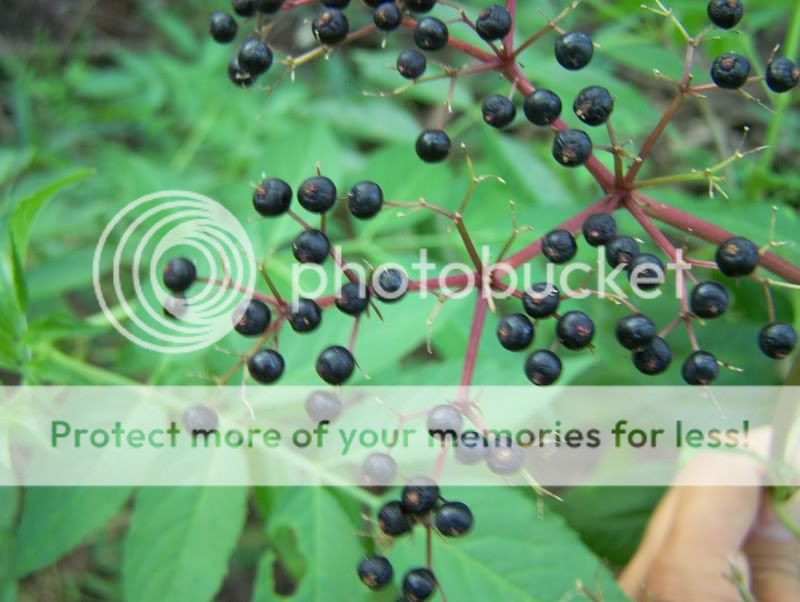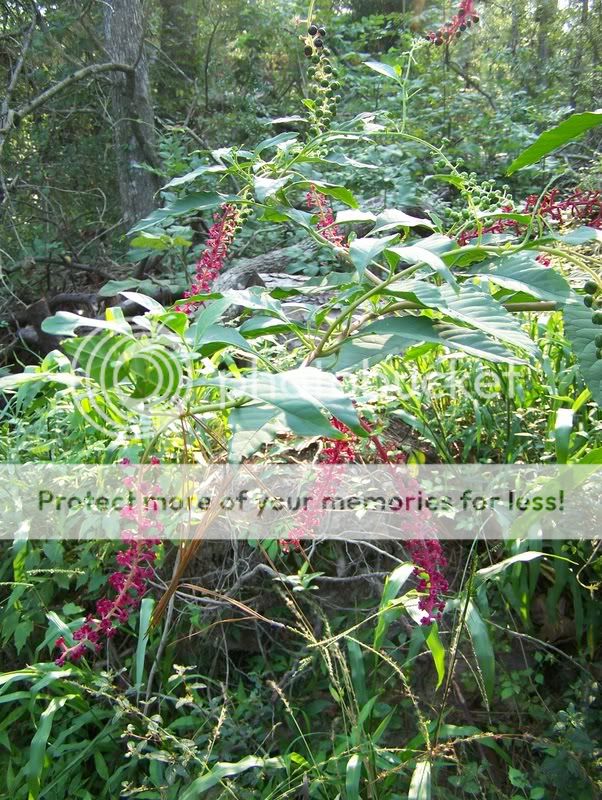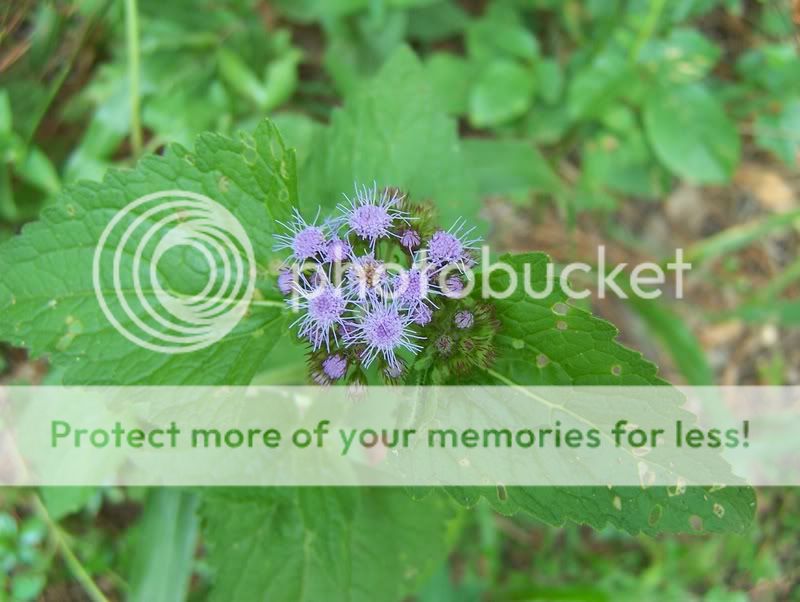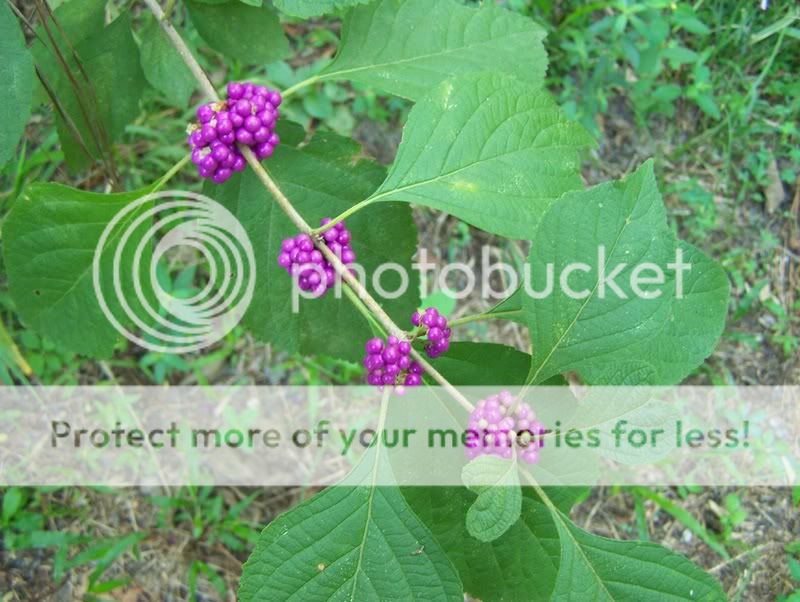Elderberry is a large suckering shrub with cane-like trunks growing to 15 feet tall. It spreads underground to form colonies. The American elderberry is sometimes refered to as a subspecies of S. nigra which grows throughout Europe. American elderberry has a widespread range from Eastern Canada to Texas. Although the fruit are mildly toxic when raw, they are used cooked in jams and pies. In spring, the plants produce large, flat-topped inflorescences of white flowers which lead to many shiny black drupes later in summer. The opposite, compound leaves can be identified by little soft spurs that occur the the axils of the leaflets.


